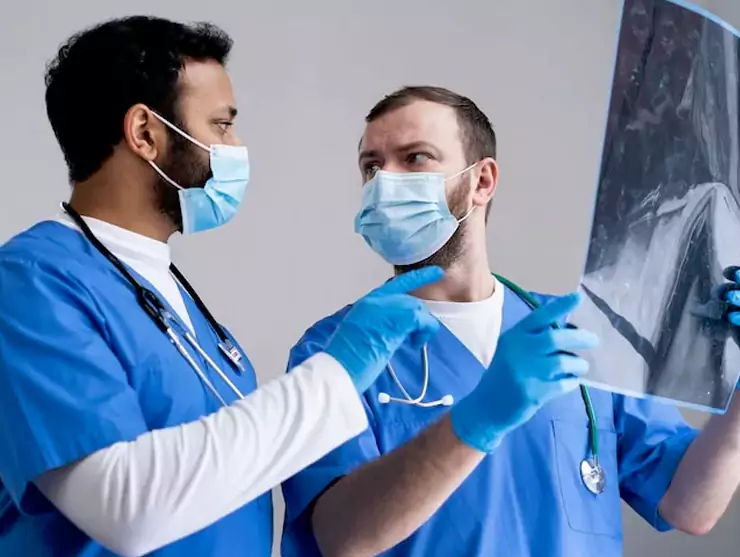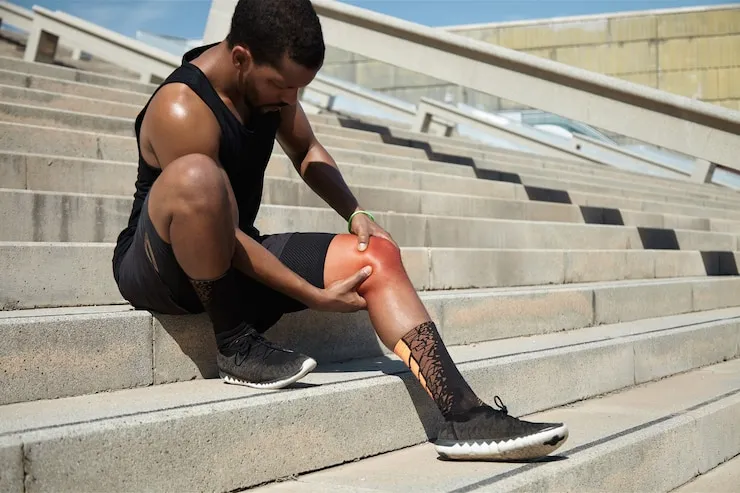
At SCC Waxahachie, we believe that surgery can be an effective option, but needs to be agreed upon by the physician and patient after other treatments haven’t helped. If the physician and patient agree on surgery, we provide innovative, minimally-invasive surgical procedures for the knee. These treatments typically allow for faster recovery, less pain, and less time spent in the hospital. They include:
We approach knee care with this mindset, customizing our treatment plan to you. Because we believe this is how to provide the best care possible. That’s what you deserve. At SCC Waxahachie, we offer:


The knee is one of the most complex joints in the body. It bears the weight of the upper body and absorbs shock carried upward through the feet when walking or running. The knee connects the two longest mechanical levers in the human body: the thigh and lower leg. Because of this, substantial forces put pressure on and around the knee joint.
The strength of the knee depends on the tendons and ligaments that connect the tibia, femur, and patella bones in the knee. A knee injury can hinder everything an individual does. It’s the largest joint in the body and is important for daily activities. Carrying any weight, even just body weight, can be increasingly difficult with an injured knee.